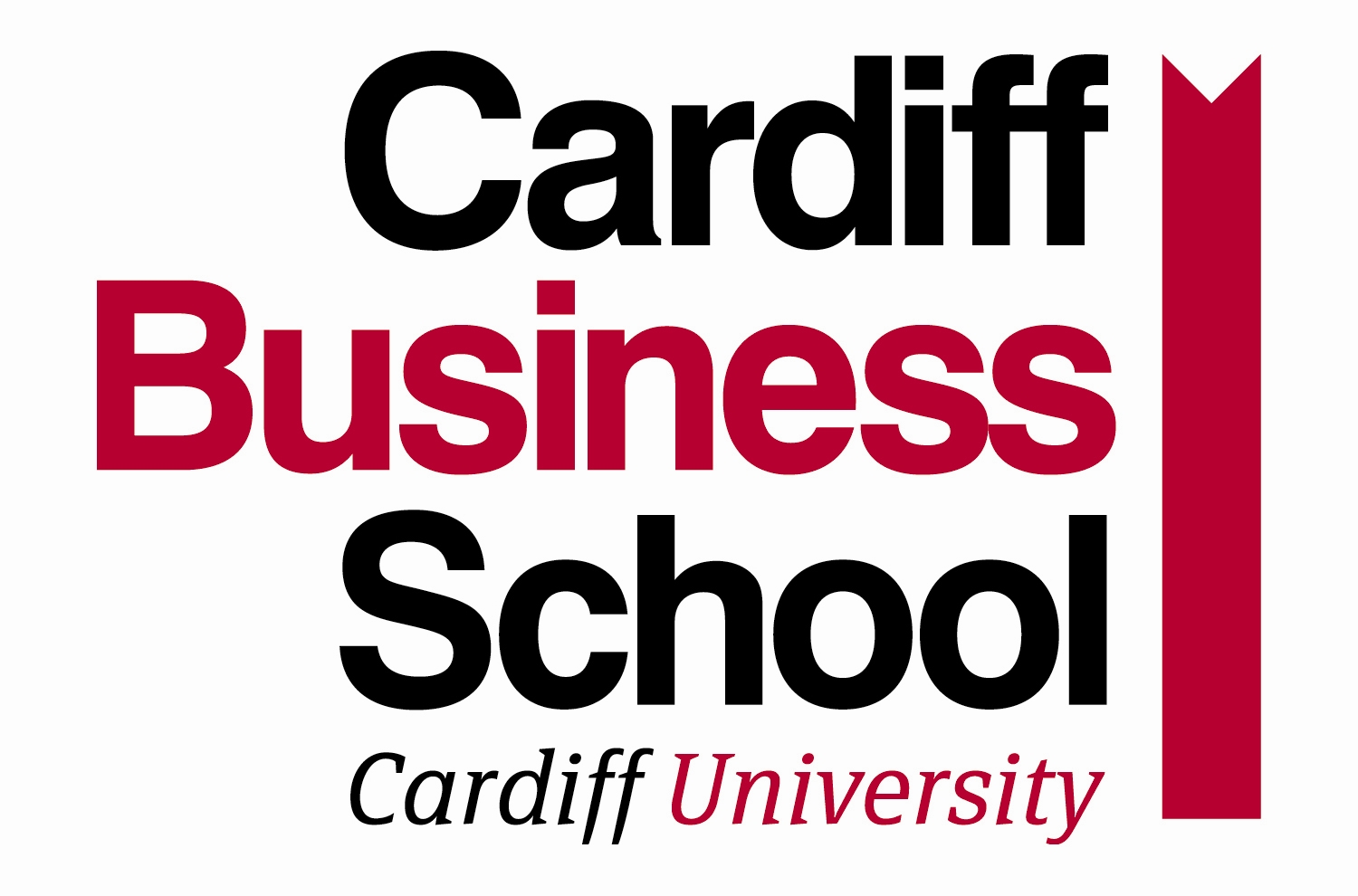Many funding agencies provide general guidance on writing a strong proposal which reaches beyond listing the purpose of its schemes and their assessment criteria. Since this guidance is written by representatives of the funding agency, it reflects their perspective, based on their experience with assessing and funding a great many proposals. Therefore you can take it as reasonably authoritative in giving you clues about what the assessors and reviewers of your proposal will be looking for. You could valuably search the website of your chosen funding agency for such guidance. It may take various forms, including:
· guideline pamphlets
· instructions on proposal forms about the information required in each section
· help sections of online proposal forms
· FAQs (frequently asked questions).
Regard all such authoritative funding agency information as useful information. It is worthwhile reading through all the guidance to check what you can learn that will help your chances. As an illustration, here is a statement from the 2010 ESRC Research Funding Guide contained in a substantial section on ‘writing a good application’:
Five characteristics of all successful ESRC research applications are constant. They must:
- promise excellent research
- be of value to potential users outside or within the research community
- convince of the ability to deliver the proposed research
- demonstrate value for money (not necessarily the same as cheapness)
- show that they will contribute strongly to new knowledge or methodological development
What might you learn from this statement? It offers a set of generalisations about common features of proposals that the ESRC has funded. Note that they all imply ways to impress your audience:
· promising to do top quality research with impact on academic and non-academic research users
· offering convincing evidence that you can do what you propose
· demonstrating that the resources you request will be efficiently used, and that your work is very likely to yield something new and worthwhile
So if you were developing a proposal to be submitted within an ESRC scheme, you could try to ensure that your proposal did have all these characteristics. All relate to aspects of a proposal that you can do something about to favour your chances of your proposal being funded.
Secret of success 3: seek to learn from all the funding agency guidance you can get.
|
|
|


